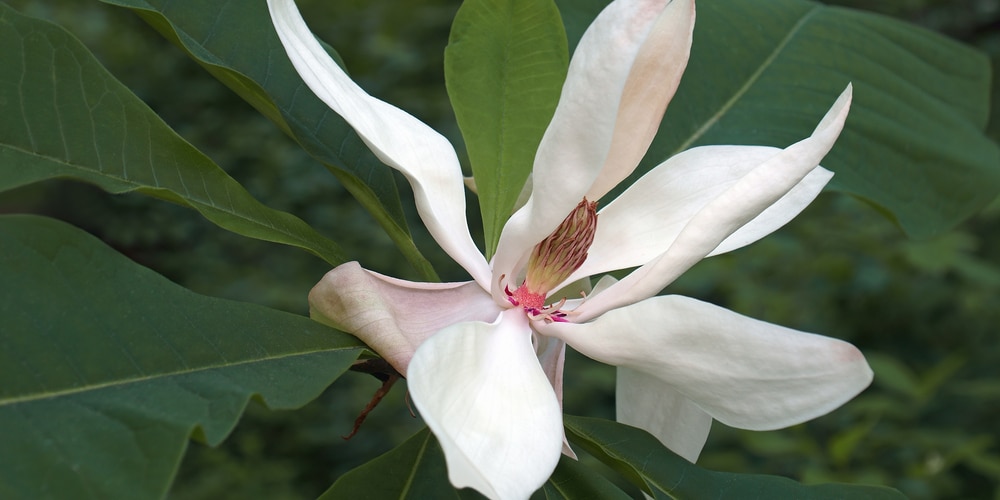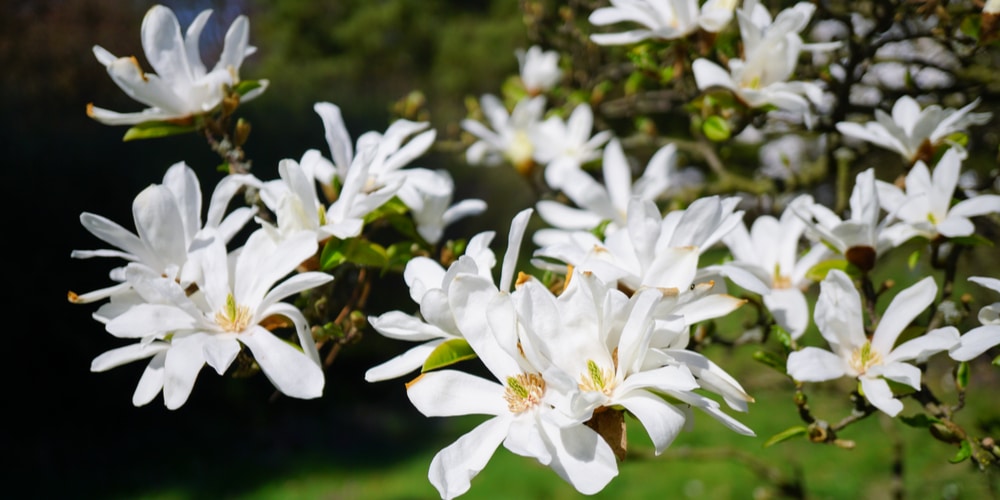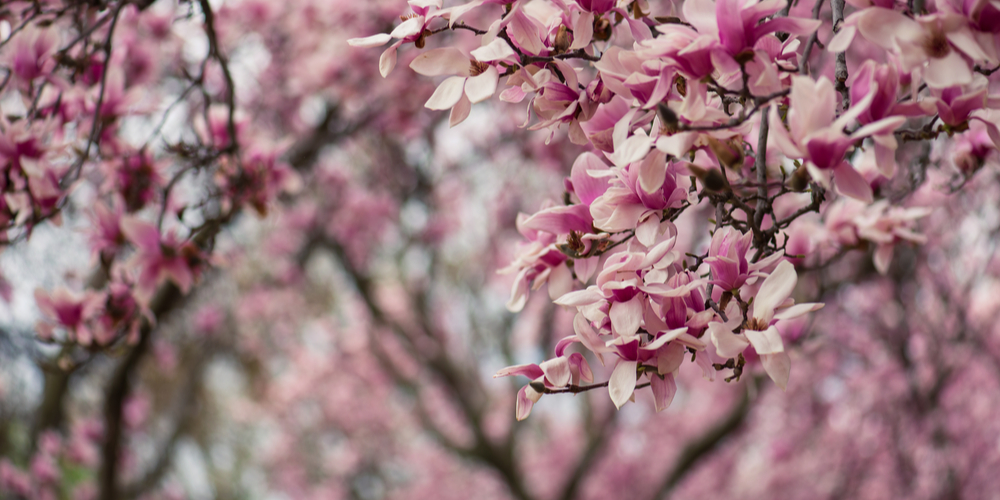Florida is arguably the state where the magnolia tree’s popularity is more apparent. For instance, the Southern Magnolia is native to this region: with its impressive heights, lush foliage, and gorgeous flowers, it contributes to adding beauty to private and public gardens.
Plus, their fragrant scents make spending time outdoor even more pleasant. With a lifespan of 80 to 120 years, planting this tree in your garden means being able to enjoy its stunning looks for a couple of generations, which is never a bad thing.
But when do magnolia trees bloom in Florida? And what should you know about taking care of them? Keep reading this essential guide to finding answers to your questions!
When Do Magnolia Trees Bloom in Florida?
It is hard to generalize about the blooming season of magnolias: there are too many varieties to come up with a defined date.
If you didn’t know this already, there are more than 200 species of magnolias, and one of the most well-known is the Southern Magnolia. So, most people, when thinking about magnolia trees, imagine this variety.
Still, the flowering season often depends on the species, the maturity of the plant, and growing conditions. Under ideal conditions or extreme weather temperatures, some types might bloom even twice a year (but it happens rarely).
Florida’s climate is perfect for magnolias. On average, these trees bloom from May to June in this region.
But don’t forget that sudden changes in the temperatures and suboptimal care might change that. Also, different species might bloom at varying times of the year.
The Southern Magnolia is one of the best trees to grow in Florida: it isn’t fussy about growing conditions and will adapt even to partial shade. You can expect it to bloom in the early summer.
However, that might depend on your local weather conditions. So, don’t worry if your tree blooms later! You are most likely not doing anything wrong! But how can you ensure you are recreating optimal conditions for your magnolias to grow?
Jump to the following sections to learn how to make the most out of your magnolia tree in Florida!
Growing Magnolia Trees in Florida: Our Tips
If you decide to grow a native species, you shouldn’t have problems recreating the optimal conditions for your tree to thrive. Native trees are tolerant to your local climate and tend to have fewer problems in terms of attacks from pests and diseases.
But to enjoy this plant’s beauty at its maximum, we suggest you add a layer of manure or compost around your tree. Doing so will improve drainage and regulate the soil temperature, which is a necessary step during the warm months of the summer. Plus, a suitable mixture will also improve the nutrient content.
Fertilize your tree during the growing season (early spring) to boost its growth. Purchase a high-quality slow-release product suitable for magnolias. If necessary, you can supplement the product with some bone meal. It will help promote heavier blooms.
Remember: most magnolias need to be three to ten years old before producing flowers. If your tree doesn’t bloom, it might be too young. Be patient and avoid overfertilizing your tree: you’ll cause more harm than good!
Why Isn’t Your Magnolia Tree Blooming?
One of the main reasons your magnolia tree might not bloom is the weather. The hardiness zone you grow your tree in has an impact.
Don’t forget that magnolia trees are not cold-hardy and won’t tolerate low temperatures, which might cause your plant to stop blooming (or even die if the weather is extreme). So, always pick a magnolia tree that grows well in your area.
Another reason your magnolia tree might not be blooming is maturity: depending on the variety you plant in your garden, you might have to wait between 3 and 10 years before getting some flowers (as we mentioned previously).
Of course, health will impact your magnolia’s blooming. If your tree is weaker, it might be more susceptible to attacks from pests and diseases.
Taking proper care of your tree and the adequate measures to prevent the spread of infestations and infections are crucial steps to prevent your tree from not producing flowers.
By giving your plants what they need to thrive, your tree will be able to focus its energy on new blooms.
Related Article: How to Plant Magnolia Seeds?



